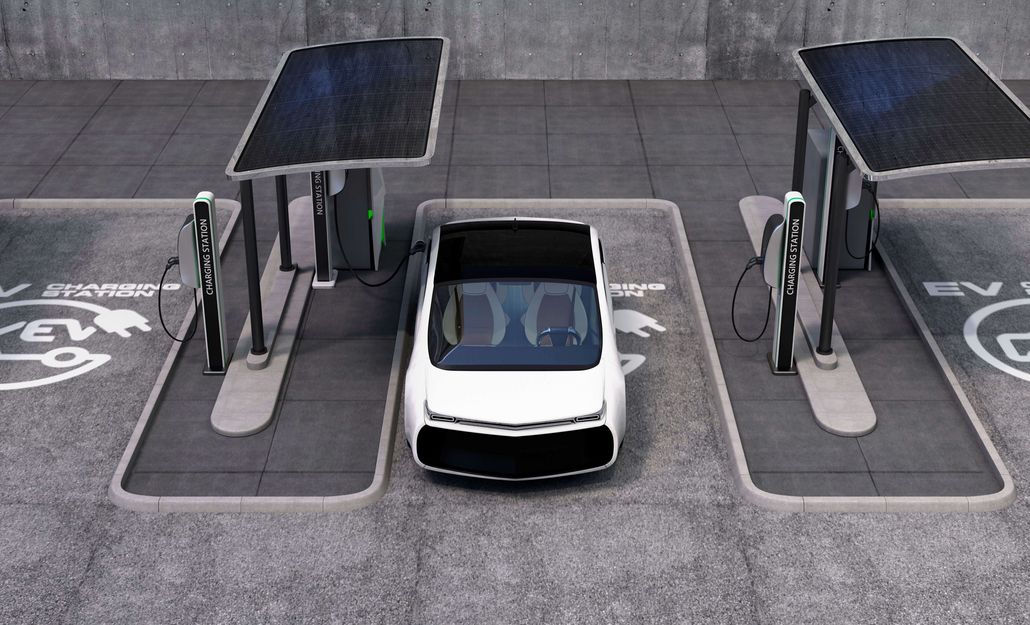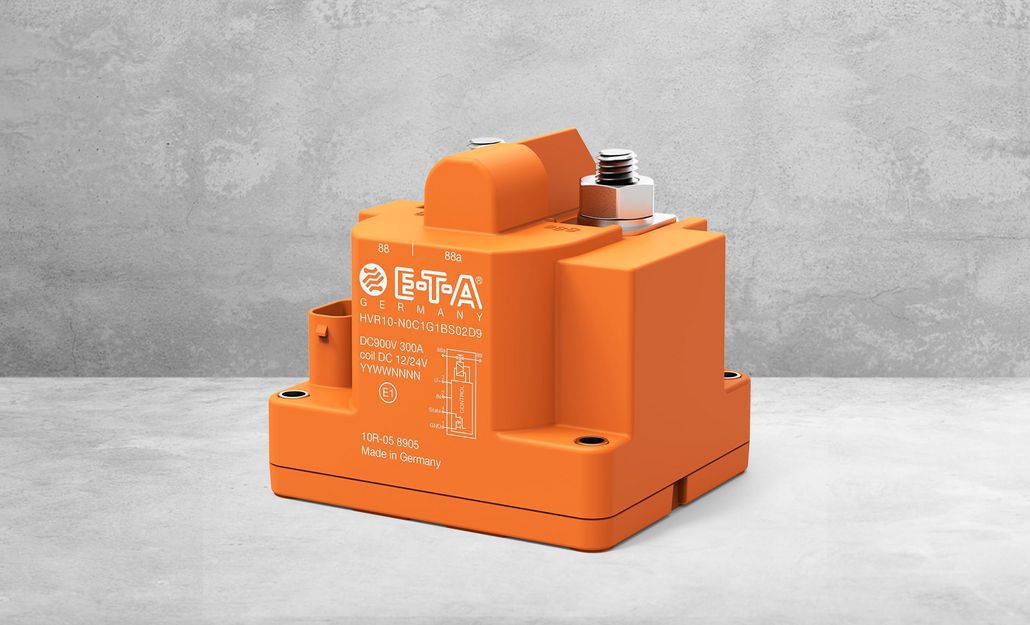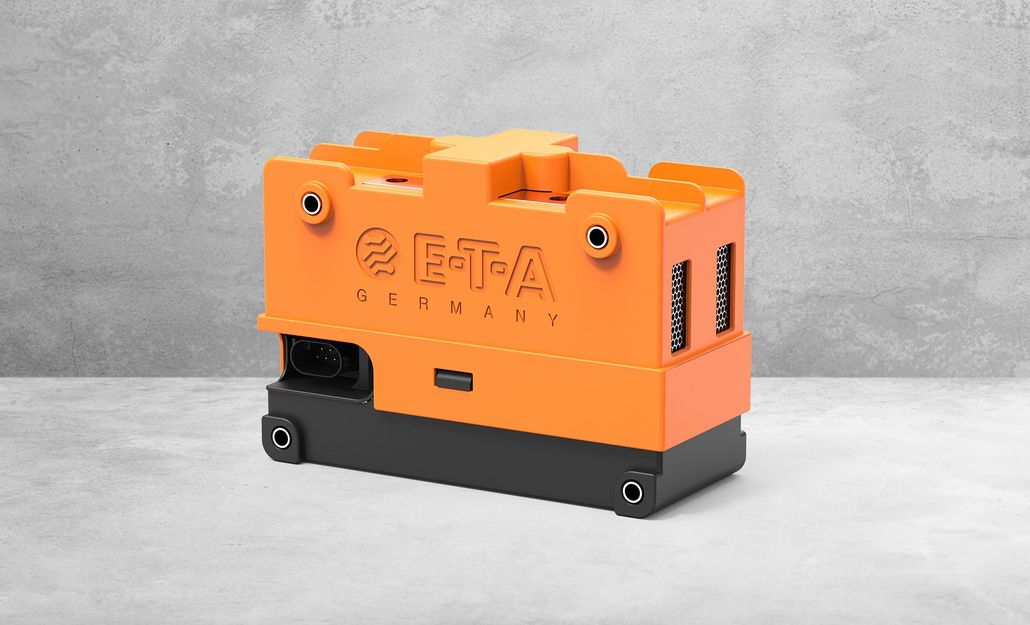New ways in high voltage protection

We work on the electrical vehicles of the future
There are currently two common basic principles for disconnecting an HV battery from the HV intermediate circuit in normal operation and in the event of an error.
HV switch and protection combinations
The HV switch is intended to maintain the vehicle in a ready-to-drive condition by connecting or disconnecting the HV battery to or from the HV intermediate circuit. The HV fuse only provides a safe system condition in the event of a short circuit. This technique has proven itself in 450 V systems, but is associated with large heat losses and fuse ageing.
HV switch and pyrofuse combinations
Blade fuses are often replaced by pyrofuses in order to avoid the problems of heat loss and ageing and also possible safety issues of the HV switch and protection combinations - e.g. bonded relay contacts combined with a lack of fuse tripping. They can disconnect the battery management system (BMS) if necessary. An ignition kit disconnects the busbar, connecting the battery with the intermediate circuit within milliseconds. Pyrofuses prevail in the market, particularly in 800 V systems, that are relevant for shorter charging times and a more compact design.
The need for new protection concepts, increasing battery capacities and charging currents, as well as decreasing internal battery resistance of future vehicle generations leads to higher demands for rated and short circuit currents in future pyrofuses. Solutions for this challenge are still in development. The demand for lower costs, increased safety and higher availability – especially in the utility vehicle sector – are questioning the pyrofuse concept, too:
- In the event of an error, the pyrofuse must trip externally, reliably and quickly, which means additional effort and costs in the BMS. Self-tripping devices offer great benefits in this case.
- In the event of a short circuit, a fast disconnection is not the only demand for the maximum transmission energy, but also an early current limitation.
- In case of utility vehicles with several batteries, this can lead to a breakdown, when all pyrofuses in each battery pack are ignited, although only one battery pack is defective.
- Using explosives makes handling more difficult, as a disconnection via pyrofuse can damage the battery or make maintenance more complicated.
So, not only the improvement of pyro-technical disconnection systems, but also the self-tripping, current limiting and resettable switching and protection element combinations are becoming increasingly important for the system design. This is why we are working on pyro-technical and electro-mechanical HV protection and switching solutions. They are designed to provide our customers better performance, decreased costs and higher availability. It will still take some time until series production, historically speaking, the era of battery-electrical vehicles has only just begun.
Your benefits
- Higher availability through resettability and reduced components
- Better performance by taking into account future charging and short circuit currents
- Reduced total costs through minimised system complexity and increased typical life
Wir arbeiten an den elektrischen Fahrzeugen der Zukunft
Um eine HV-Batterie vom HV-Zwischenkreis im Normalbetrieb und im Fehlerfall zu trennen, gibt es aktuell zwei gängige Grundprinzipien.
Kombination HV- Schütz UND HV-Sicherung
Das HV-Schütz übernimmt die Funktion, das Fahrzeug in den fahrbereiten Zustand zu versetzen, indem es die HV-Batterie mit dem HV-Zwischenkreis verbindet bzw. trennt. Die HV-Sicherung dient lediglich dazu, das System bei einem Kurzschluss in einen sicheren Zustand zu überführen. Diese Technik hat sich bei 450 V-Systemen bewährt, führt aber zu relativ großen Wärmeverlusten und zur Alterung der Sicherung.
Kombination HV-Schütz UND HV-Pyrofuse
Um das Problem der Wärmeentwicklung und der Alterung, aber auch möglicher Sicherheitsprobleme der Kombination HV-Schütz und HV-Sicherung – z. B. verklebte Kontakte des Relais bei gleichzeitig fehlender Auslösung der Sicherung – in den Griff zu bekommen, werden verstärkt Pyrofuses statt Schmelzsicherungen eingesetzt. Diese kann bei Bedarf das Batteriemanagementsystem (BMS) auslösen. Ein Anzündsatz trennt dann innerhalb von Millisekunden eine Stromschiene, die die Batterie mit dem Zwischenkreis verbindet. Insbesondere bei 800 V-Systemen, die für kürzere Ladezeiten und kompaktere Bauweise relevant sind, setzen sich Pyrofuses am Markt durch.
Die Notwendigkeit neuer Absicherungskonzepte, steigende Batteriekapazitäten und Ladeströme sowie sinkende Zellinnenwiderstände kommender Fahrzeuggenerationen führen aber auch zu steigenden Anforderungen für Nenn- und Kurzschlussstrom bei zukünftigen Pyrofuses. Die Lösungen dafür müssen erst noch entwickelt werden. Die Forderung nach sinkenden Kosten, erhöhter Sicherheit sowie der Wunsch nach erhöhter Verfügbarkeit – v. a. im Nutzfahrzeugbereich – lassen Raum für alternative Konzepte neben der Pyrofuse: Eine Pyrofuse muss im Fehlerfall extern, zuverlässig und sehr schnell auslösen, was zusätzlichen Aufwand bzw. Kosten im BMS bedeutet. Selbstauslösende Geräte können hier Vorteile bieten.
- Anforderungen an die maximale Durchlassenergie im Kurzschlussfall erfordern nicht nur eine schnelle Trennung, sondern möglichst auch eine frühzeitige Strombegrenzung.
- Bei einem Nutzfahrzeug mit mehreren Batterien kann es zum Liegenbleiben kommen, wenn alle Pyrofuses in jedem Batteriepack gezündet werden, obwohl nur ein Batteriepack einen Defekt hat.
- Die Verwendung von Sprengstoff erschwert das Handling, weiterhin kann die Auslösung einer Pyrofuse die Batterie schädigen oder die Instandsetzung erschweren.
Neben der Weiterentwicklung pyrotechnischer Trennsysteme rücken also auch selbstauslösende, strombegrenzende, rückstellbare und kombinierte Schalt- und Schutzelemente in den Mittelpunkt der Systembetrachtung. Wir arbeiten daher aktuell sowohl an pyrotechnischen, als auch an elektromechanischen HV-Schutz- und Schaltlösungen. Diese sollen unseren Kunden höhere Performance, geringere Kosten und eine höhere Verfügbarkeit ermöglichen. Bis zur Serie dauert es noch einige Zeit, aber historisch gesehen fängt das Zeitalter batterieelektrischer Fahrzeuge gerade erst an. Bei Interesse an diesen oder weiteren HV-Schalt- und Schutzelementen sprechen Sie uns gerne an.
Ihr Nutzen
- Höhere Verfügbarkeit durch Rückstellbarkeit sowie Reduzierung von Bauteilen
- Höhere Performance durch Berücksichtigung zukünftiger Lade- und Kurzschlusströme
- Geringere Gesamtkosten durch Minimierung von Systemkomplexität und erhöhte Lebensdauer



